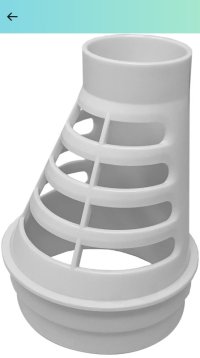Patrick R Wunsch
Member
This forum has been a lifesaver for me do far and I hope I can pick your brains one more time!
I have an iron filter (10"x44") that I'm hoping to discharge to the outside here in northern Wisconsin. The filter uses about 75 gallons each backwash about once every 3 days.
Where the discharge would exit the rim joist is exposed to the elements. I planned on having it immediately bend down and drain into a 2" to 4" PVC pipe where it would run downhill with a significant pitch. The PVC would be buried for about 25' before opening to daylight on a steep hill.
Although the PVC wouldn't be buried below our 48" frost line, it'll be about 24" deep but I can also insulate it.
Is this a viable option? I'm limited to this option, or running it to an elector pit which empties into the septic system (no basement drain here) or running it to a washing machine stand pipe upstairs but I'd be pushing the max 8' recommended head height.
Thoughts? Thanks!
I have an iron filter (10"x44") that I'm hoping to discharge to the outside here in northern Wisconsin. The filter uses about 75 gallons each backwash about once every 3 days.
Where the discharge would exit the rim joist is exposed to the elements. I planned on having it immediately bend down and drain into a 2" to 4" PVC pipe where it would run downhill with a significant pitch. The PVC would be buried for about 25' before opening to daylight on a steep hill.
Although the PVC wouldn't be buried below our 48" frost line, it'll be about 24" deep but I can also insulate it.
Is this a viable option? I'm limited to this option, or running it to an elector pit which empties into the septic system (no basement drain here) or running it to a washing machine stand pipe upstairs but I'd be pushing the max 8' recommended head height.
Thoughts? Thanks!

